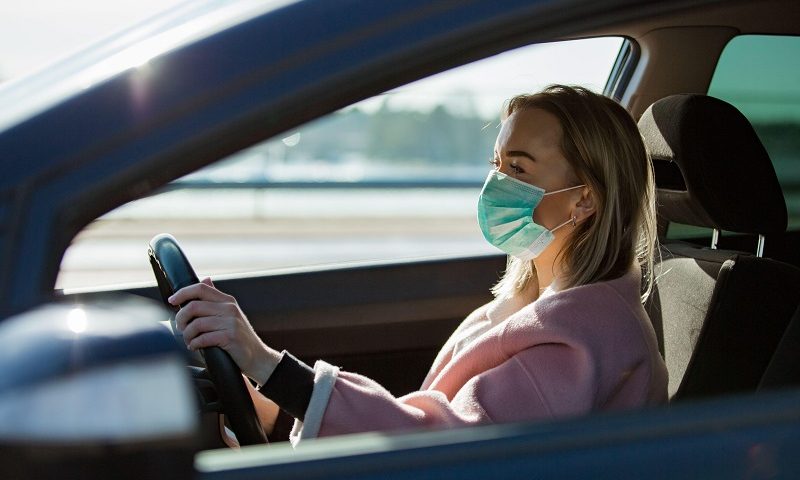How to minimise Covid risk when travelling in shared cars

Planning a long-overdue road trip soon, but still keen to urge as much caution as possible?
New research has unearthed the best ways to reduce Covid-19 transmission risk when travelling in a shared car. We take a look.
Road trip the safe way
Swansea University – with support from the Institute for Innovative Materials, Processing and Numerical Technologies (IMPACT) – has found the best way to optimise ventilation inside a vehicle.
Its research team advises all windows should be open when travelling below 30mph. However, for anything above this speed, it’s more effective to occasionally open windows diagonally across from another.
Opening only the driver side window and the rear passenger window is the most effective option for airing the vehicle when driving above 30mph, the study finds. This is because of a sustained and dominant airflow from one end of the vehicle to another.
The researchers report this method to be so effective it’s only necessary to do it for 10 seconds at a time, every 5 to 10 minutes, or when somebody coughs or sneezes.
Project lead Professor Chenfeng Li said: “When a COVID-19 patient coughs, saliva containing the virus is expelled in the form of droplets. Large-size droplets fall quickly to the ground, while small-size droplets evaporate quickly.
“These droplets of saliva disappear in the air in seconds, but the small-size droplets release the contained virus into the air after evaporation, which can survive up to an hour and remain infectious.”
Extra measures
The researchers also found sitting at the front of the car to be a lot safer than sitting in the back. This is because of the increased contamination within the rear of the car, as airflow mainly moves from the front to the back, trapping virus particles in this zone.
Findings also show that wearing a face mask reduces the emission of the virus by 90%, while the intake of the virus by passengers is reduced by 70%.
Now you’ve got some vital safety measures under your belt, check our guide on the best UK summer road trips for inspiration on where to go next.


